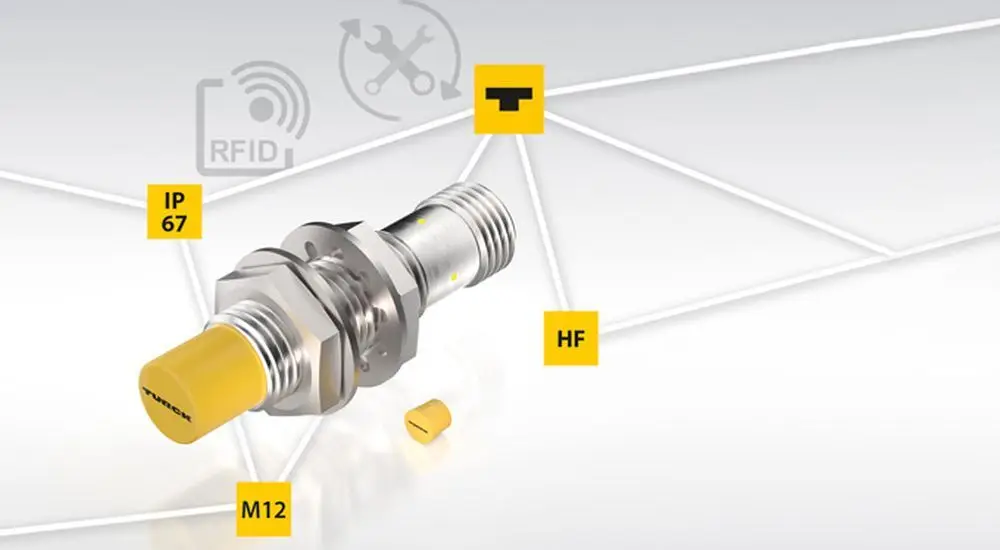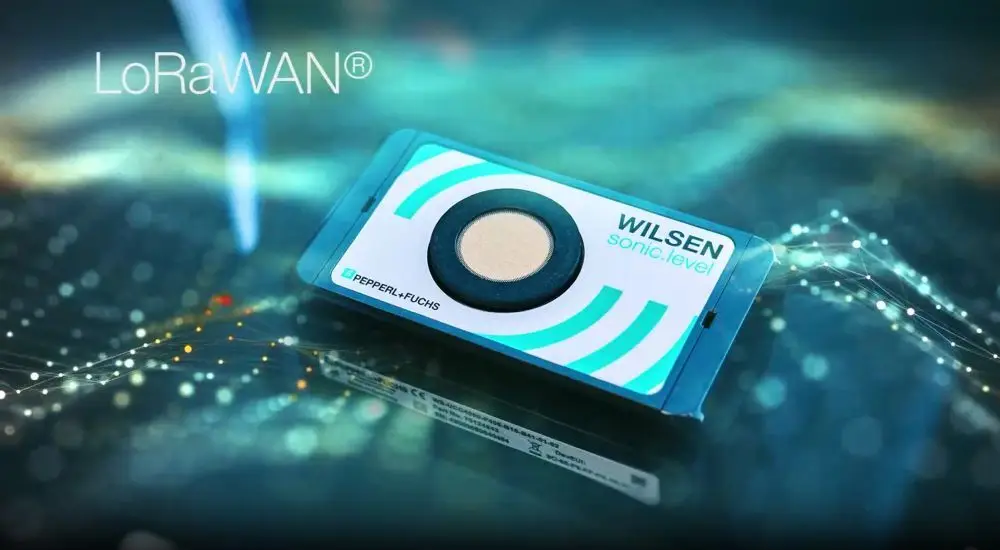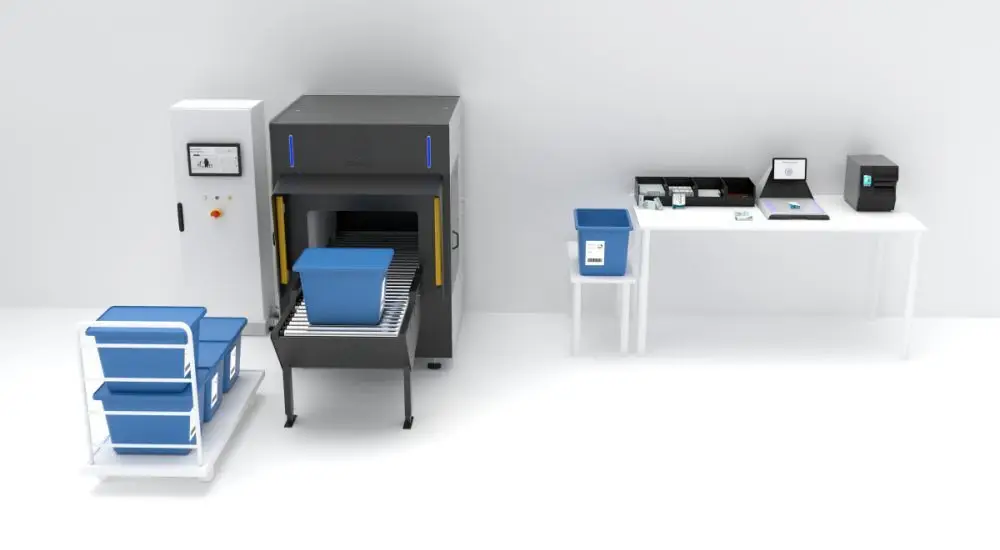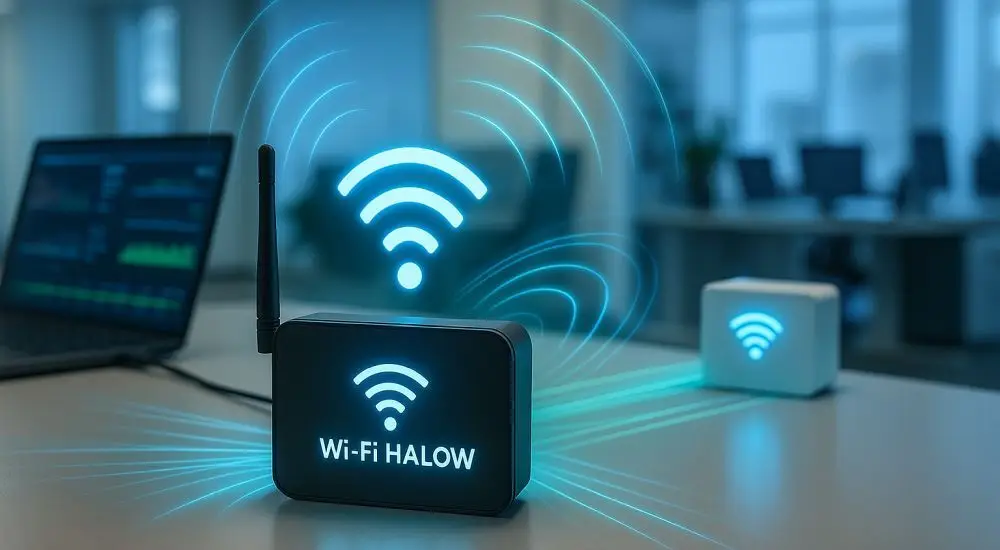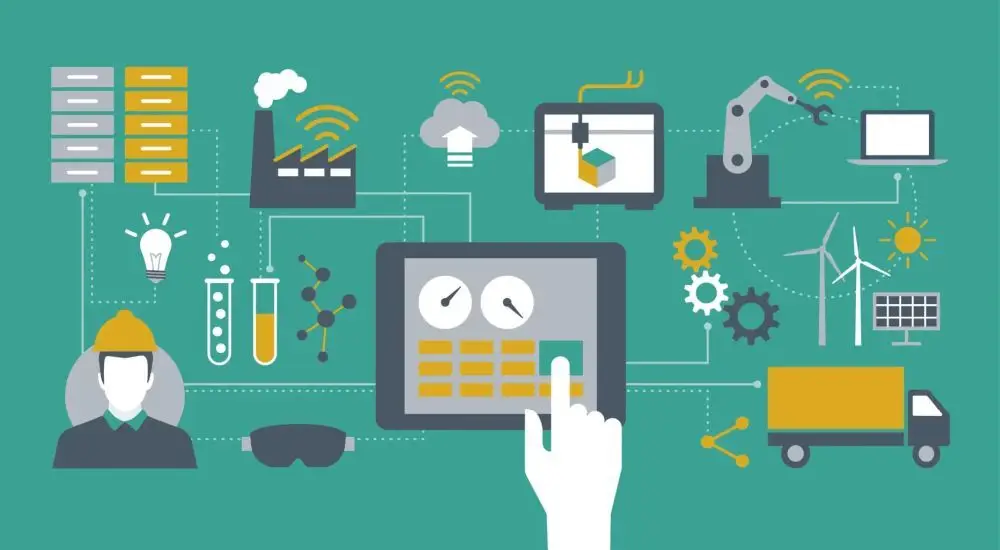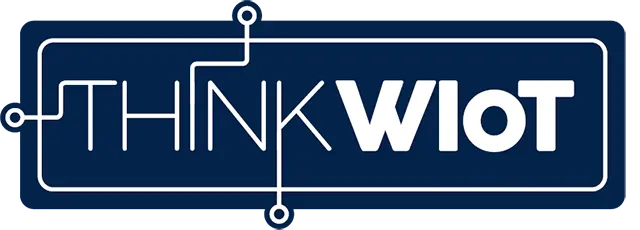How asset tracking went from manual logs to IoT intelligence

In the fast-moving world of logistics and supply chain management, a few simple questions make all the difference: Where is it? How many do we have? Is it still in good condition? Being able to answer these questions reliably is what asset tracking is all about. It’s about knowing the exact whereabouts and status of your reusable load carriers, equipment, vehicles and goods. All to maximize their value, minimize risk and boost overall operational efficiency.
But how did we get to today's advanced tracking capabilities? The journey of asset tracking within supply chains is a fascinating one, marked by continuous innovation that transformed a basic need into an operational necessity.
Let’s take a look at how asset tracking evolved and how each leap forward brought us closer to the data-rich visibility we rely on today.
A brief history of different asset tracking technologies throughout the years.
Manual tracking
The era of guesswork and delays
Believe it or not, there was a time when manual asset tracking was the standard. Before the digital age, companies relied entirely on handwritten notes, physical ledgers and manual checks to keep tabs on their inventory. Stock levels, shipments and destinations were all recorded by hand. This often lead to slow, error-prone and frustrating processes.
The result? Severely limited visibility, plenty of mistakes and virtually no chance of spotting issues in real-time. Finding a missing asset could take hours or even days and took away valuable FTE. This caused significant disruptions further down the line. This era made one thing crystal clear: there had to be a smarter, more reliable way to manage assets.
The barcode
A leap towards streamlined identification
A significant turning point arrived with the invention and adoption of the barcode. This seemingly simple innovation marked the first major step towards automated, streamlined asset identification. First patented in the 1950s and inspired by Morse code, co-inventor Joe Woodland envisioned a way to speed up and standardize inventory management using machine-readable symbols.
However, it wasn’t until the 1970s that barcodes saw widespread adoption, especially in retail and logistics. The barcode made its commercial debut in 1974, famously scanning a pack of chewing gum in an Ohio supermarket. Why chewing gum? Because many people doubted whether barcodes could be scanned on something that small. Surely the technology wasn’t precise enough… or so the skeptics thought.
Fortunately, they were wrong! The scan worked perfectly, silencing the critics and marking the start of a new era in inventory management. Suddenly, assets could be identified and logged in seconds using scanners. This eliminated the need for handwritten records and drastically reduced human error.
However, it wasn't until the 1980s that it truly gained widespread adoption, with major retailers like Kmart and Walmart spearheading its integration into their operations. The barcode allowed for quick and relatively accurate data entry, vastly improving inventory management compared to purely manual methods.
This shift laid the groundwork for modern supply chain visibility. For the first time, companies had a scalable way to track large volumes of goods across multiple locations. With barcodes they managed to do this faster, more accurately and with far less manual effort.
RFID
Beyond line of sight
While barcodes revolutionized single-item scanning, the next major leap came with Radio-Frequency Identification (RFID) technology. RFID tags allowed for bulk scanning without requiring a direct line of sight, fundamentally changing how assets could be identified and tracked. The first patent for a modern RFID tag with rewritable memory was granted in 1973. Early commercial applications emerged in the 1980s, including electronic toll collection systems and animal tracking.
RFID only truly began to enter the business and technology mainstream in the mid-1990s. This coincided with a very important innovation: the development of Ultra-High Frequency (UHF) RFID. Suddenly, RFID systems could offer significantly extended read ranges and much faster data transfer, making the technology far more attractive for diverse applications beyond niche uses.
By the early 2000s RFID applications expanded globally, driven by decreasing costs and continuous innovation. The rise of item-level tagging and the emergence of RFID smart labels, integrated directly into packaging, further simplified tracking. It further was able to enhance security and optimize inventory control for high-value and high-risk goods.
GPS
Pinpointing mobile assets globally
The invention of the Global Positioning System (GPS) brought a new, critical dimension to asset tracking: real-time, global location awareness for moving assets. Initially developed by the U.S. government for military purposes, GPS technology became available for civilian use in the 1980s. However, it truly saw widespread commercial adoption from the mid-2000s onwards as receivers became smaller, more affordable and way more accurate.
This breakthrough allowed businesses to track mobile or high-value assets such as trucks, trailers, construction equipment and shipping containers across vast distances. GPS became foundational for fleet management, enabling improved route optimization, enhanced delivery efficiency and boosted security for assets in transit. Leveraging a network of satellites, GPS units provide crucial data like location, speed, time and route history. Therefore offering dynamic visibility of goods in motion.
From GPS to IoT: the next step of tracking
While GPS was a game-changer for tracking mobile assets, a new technology was needed to provide truly complete, end-to-end visibility.
This is where the Internet of Things (IoT) comes in. It connects assets and provides real-time data on their location, condition, and usage patterns.
Read the full story here and discover how our scalable IoT-as-a-Service solution can help you unlock this next level of control and clarity. Get in contact with us!


